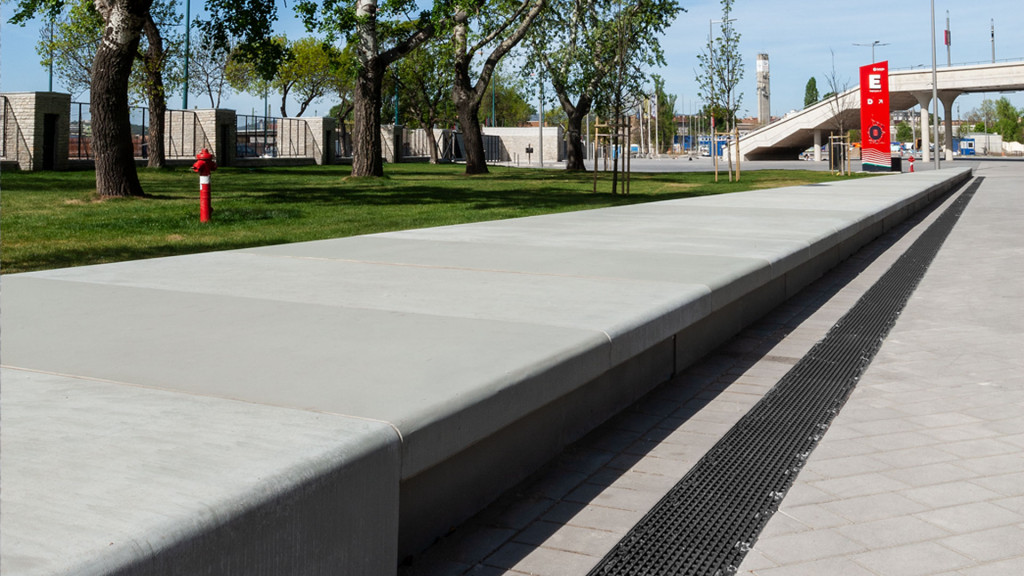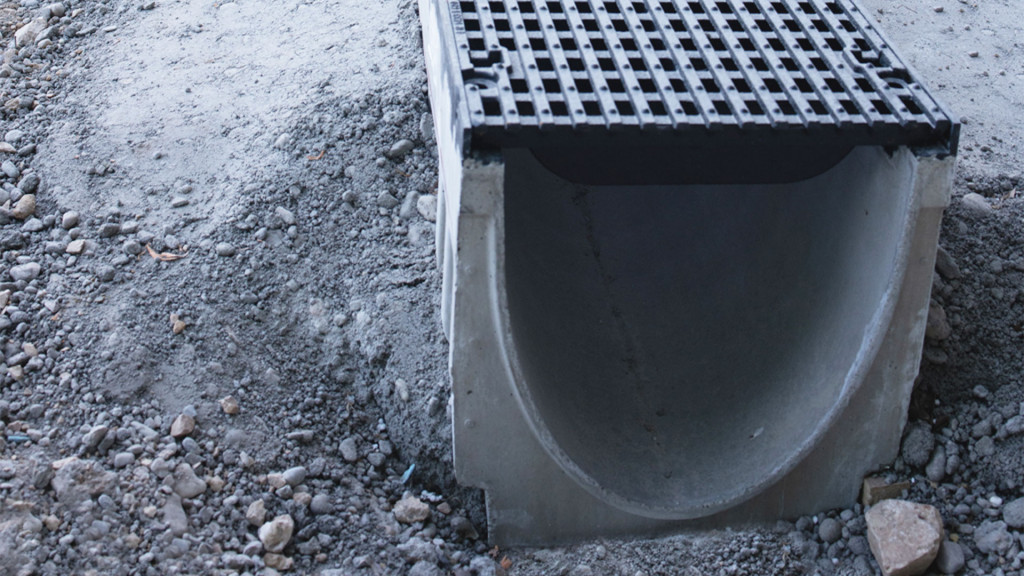Ready for the 2020 UEAFA European Championship: The Puskás Arena in Budapest offers 67,155 seats.
Puskás Arena Budapest
A champion in size
Puskás Arena Budapest
A champion in size
<p><strong>Big shoes to fill</strong></p><p>The stadium’s predecessor – the Puskás Ferenc Stadium – was a remarkable construction, too. Built in 1953, it was large enough for more than 100,000 spectators. After all, this is where, in 1954, the forceful Hungarian team defeated the all-mighty English team 7:1. When the stadium was demolished in 2016, only 28,300 seats were available for safety reasons.</p><p> </p><p> </p><p><strong>An impressive stadium with impressive dimensions</strong></p><p>The new stadium’s name also refers to Ferenc Puskás, Hungary’s most successful soccer player of all times. Measuring 60,704 square meters, the Puskás Arena was also built in the oval shape of the old stadium. Its highest point is 50.7 meters above ground, amounting to a maximum width of 261.3 meters and 316.5 meters of length. The overall site amounts to 208.010 square meters. The stands – with 67,155 seats – are divided into three sections at different heights and cover 36,374 square meters. And last but not least, the roof construction measures 57,142 square meters.</p><p> </p><p> </p><p><strong>BG-Graspointner scored</strong></p><p>BG-Graspointner was in charge of installing the drainage system for the stadium. This decision was made based on various criteria, including protection from vandalism and CDC coated cast-iron grating. The vandalism protection provides safety from deliberate damaging but still makes it easy to remove the components for maintenance purposes. The CDC coating offers reliable corrosion protection for cast-iron frames under stress. In addition, we provided comprehensive support throughout the project. Our specialists were available around the clock to offer their expertise with hydraulic calculations or product recommendations, and to deal with other technical issues.</p><p> </p><p> </p><p><strong>The biggest challenge</strong></p><p>In the three years of construction, around 15,000 people worked on the Puskás Arena. 19,000 tons of reinforced steel were installed, 150,000 tons of concrete and 12,000 tons of steel construction. 15 revolving tower cranes were required for the project. The roof represented the biggest structural challenge. It required a special crawler crane that was shipped from Peru to Antwerp (which took 25 days) and then transported to Budapest. Installing it onsite took two weeks – But the crane could take up work on time and lift the 125 resp. 85 ton steel supports for the roof construction.</p><p> </p><p>Peter Schriffert, project manager at the construction company ZÁÉV Zrt, describes the conditions for constructing a stadium as follows: </p>

A house is always built from the bottom up. When constructing a stadium, certain parts have already reached their final height while others are still being worked on closer to ground level. This kind of construction means working at different heights simultaneously.
Eine der größten Herausforderungen war sicherlich der Brandschutz. 65,000 people must be able to exit the stadium within 10 minutes.”
<p>With a construction project of this size it is even more surprising how well everything worked out. Schriffert describes the project’s planning as complex, but all the participants were highly professional and contributed to the timely completion.</p><p> </p><p> </p><p><strong>A stadium for all of Europe</strong></p><p>In celebration of the competition’s 60th anniversary, soccer matches during the UEFA European Championship in 2020 were supposed to take place not only in one country but at different venues across the content. The Puskás Arena should have been one of them – and it was completed on time. However, due to the COVID-19 pandemic, everything was postponed by one year. Next year, three group matches and one match in the round of sixteen will be played here</p><p> </p><p>Are you also faced with a major project? Our specialists will make the planned drainage possible and support you with the necessary technical know-how.</p>
<p>If you are also in favor of long renovation intervals and in search of a drainage system for a sustainable project, give us a call! Would you like to learn more? Get in touch with our specialists at: </p><p><br>Tel: <a href="tel:+43623389000">+43 (0)6233 8900-0</a><br>E-Mail: <a href="mailto:office@bg-graspointner.com">office@bg-graspointner.com</a><br>Web: <a href="/fr-ca/contact?utm_source=blog&utm_medium=signature&utm_campaign=201110-puskas-stadion" target="_blank">www.bg-graspointner.com</a></p>
Project overview
Project name
Puskás Ferenc Stadion
Location
Budapest, Hungary
Installed channel types
Total installed length in meters
2667 m
Services BG-Support
Tamás Opitz
Client/builder
Nemzeti Sportközpont Hungary
BG-Project team:
Tamás Opitz
Architect/Planer
György Skardelli - KÖZTI Architects & Engineers
Building contractor
Záév Zrt., Peter Schriffert










